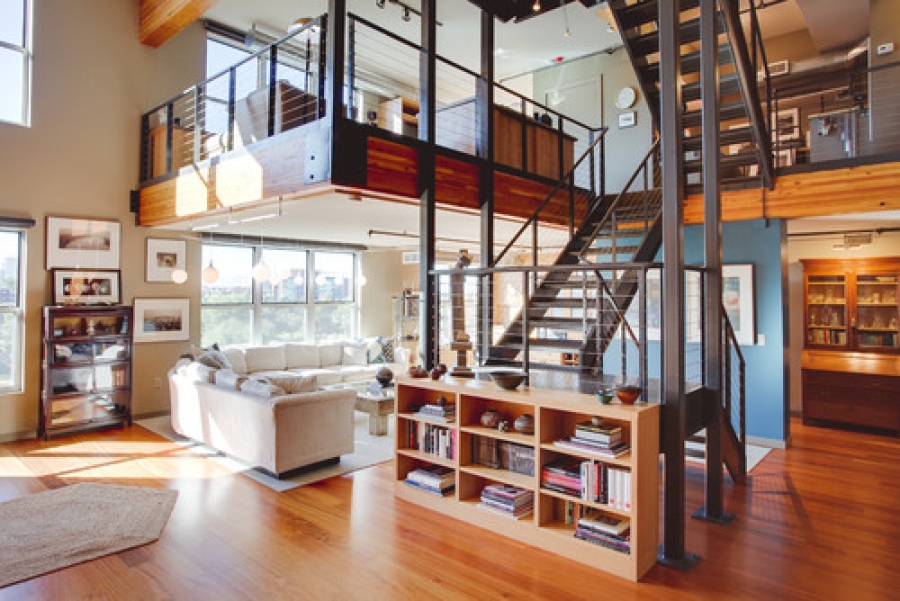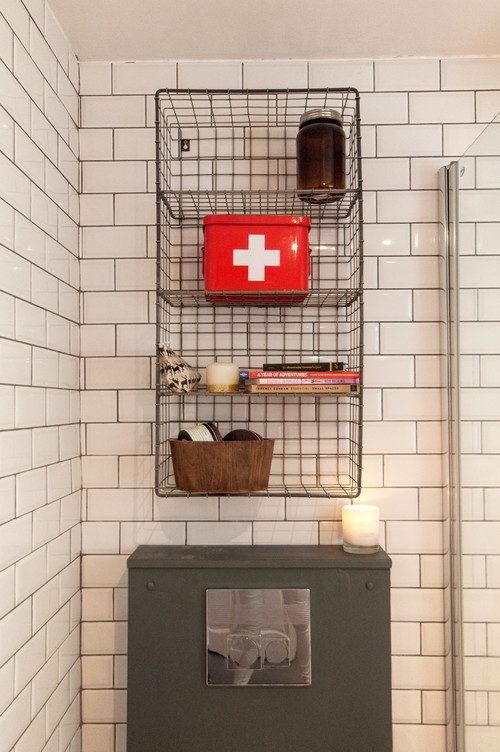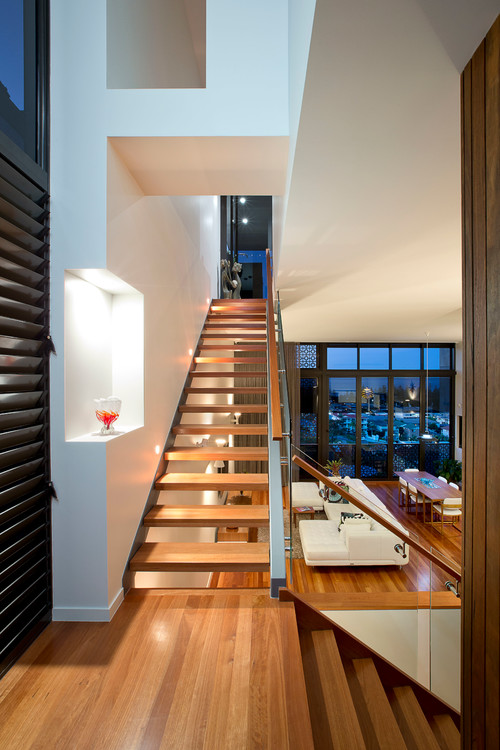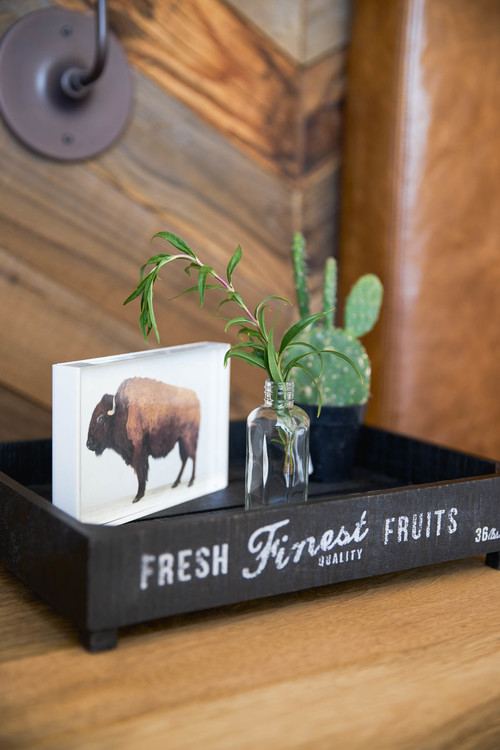As Airbnb and other short-term rental sites gain in popularity, property owners are putting more consideration into curating their spaces to cater to guests. Thoughtful design can make a home feel fresh, unique and inviting - qualities that are exceptionally important when your space moonlights as a vacation rental. A little effort can go a long way in making your place hospitable and appealing to prospective renters. Here are a few design elements to be mindful of when getting your home rental-ready.
Function
Planning ahead is key if you're reconfiguring rooms or designing from scratch. Figure out optimal room layouts by identifying the best features of your home.
Sketch a layout and then map out which areas would ideally be used and for what purposes — think entertaining, movie watching, game night, extra guests, dining or workspace. Give each space or area a job.
Have a great view, beautiful fireplace or cozy nook? Make sure to arrange seating areas that take advantage of it. You'll also want to consider whom you're trying to appeal to — your ideal renter. Is it the family on vacation? The person visiting on business? Make sure you can cater to that target audience, whether that means focusing on kid-friendly features or providing a laptop-friendly workspace with office amenities.
Once you've determined the best area in the space for each functional zone, then plan furniture and accessories that support that zone.
Always measure your space first, and take the tape measure with you while you shop for furniture to spare yourself from waiting in the return line.
Invest in furniture pieces that are multifunctional and offer flexibility, especially in smaller spaces. Sleeper sofas, coffee tables that convert to work or eating surfaces, fold-down tables, and desks will ensure you can accommodate a variety of guests.
Storage benches or ottomans are great for tucking away spare blankets, pillows and other housewares that may come in handy. Keep in mind your furniture will be seeing a lot more traffic, so make sure you're using pieces that can withstand heavy use.
To increase longevity, look for commercial-grade or sturdy fabrics that are stain resistant. Go for cotton, polyester and other fabrics that can be tossed into the wash once the guests leave.
Use furnishings that are easy to clean, too. Rather than an expensive wooden credenza, opt for a more reasonably priced piece that can be wiped down after each stay. And be mindful of expensive, fragile or meaningful items you may have in your home, making sure they are stored out of harm's way.
One of the most important items to have handy for guests is a house manual. This serves as your one-stop reference guide, in which you will list where to find common household items (cleaning supplies, toilet paper, paper towels, linens), how things work, house policies, contact information, Wi-Fi password and any other special instructions you may have for guests. Having all necessary info in one spot makes things easier and less stressful for your renters.
Safety and Accessibility
As a host, you take on the responsibility of keeping your guests as safe as possible during their stay. When guests depart, you want them to remember how comfortable they felt in your home, not deteriorating wallpaper or a shaky stair railing.
Good hosts should be considerate of guests who may have limited abilities or disabilities and make certain the right precautions are taken to provide a secure, accessible environment.
Before guests arrive, they should be aware of any special or unusual elements, like "lots of stairs" or a "charming, tiny bathroom." If you're going to be hosting families with children, keep sharp objects, hazardous chemicals and cleaners, and any other objects that may be dangerous to guests behind locked cabinet doors.
Keep a first-aid kit on hand, and make sure to highlight practical home information, such as fire escape routes, fire extinguishers and emergency contact numbers in your reference guide.
No one likes tripping over lamp cords or knocking their knees on sharp coffee table corners. Be mindful of tripping hazards and avoid them whenever possible, or mark them appropriately.
If you use rugs, be sure to select ones with rubberized backings or pads so that they do not become a tripping hazard. I love Flor tiles because they are easy to clean and are easily replaceable if damaged.
Provide sufficient lighting by the bed, on desks and in hallways so people don't crash into things in the dark, unfamiliar space. Where you can, incorporate dimmer switches to offer guests flexibility.
Comforts of Home
The more you can do to make your space feel like a home away from home for visitors, the better. One thing fundamental to creating an inviting atmosphere is tidying up. Clean every room thoroughly, paying special attention to the kitchen and bathrooms.
The restroom should be well stocked. The last thing vacationers want to worry about is running out of toilet paper. It's a thoughtful gesture to offer a basket of toiletries - toothbrushes, toothpaste, lotion, soap - for visitors who may have forgotten the essentials, and make sure they know where they can find the hair dryer or the iron. Books, magazines or candles add a bit of a personal touch, too.
For that "hotel chic" look, I like to suggest white bed linens and towels. They are easy to bleach if needed and provide a crisp, clean feel for guests. Duvets or other washable bed linens are great too — nobody likes that dirty, unwashed hotel comforter.
Extra pillows are a must. To accommodate guests with asthma or allergies, it's best to use hypoallergenic fabrics and fillings. Consider using down-alternative pillows and blankets and low-pile mats and rugs. Air purifiers or humidifiers can be good to keep on hand for travelers who may need to acclimate to unfamiliar environments. Houseplants are another natural, affordable way to improve air quality.
Design Destination
Tourists and visitors often want to be immersed in the experience of their destination. Think about the draw of your particular location. Are you near the beach? Ski slopes? Urban city center? Be sure to give a nod to the local flair in your design concept to create an authentic experience for visitors.
Don't go too overboard with a theme, but instead opt for more subtle touches. If you're near the beach, for example, go for a coastal-inspired color scheme with a few natural accents rather than a lounge chair shaped like a conch shell.
If your location is known for its southwestern charm, incorporate some local flora and fauna into your design or framed local photography instead of copper lizard tchotchkes on every surface. Take into consideration the architecture of the home and historical significance of the area when developing the style, too.
Are there any interesting local stories you can share with guests via artwork or books? Did Al Capone drink at the corner speakeasy? Did a Civil War battle happen nearby? Be sure to share these local tales with your guests so they'll have something to write home about. Make note of any unique local amenities or attractions, good restaurants, coffee shops or grocery stores nearby.
Also See:

















